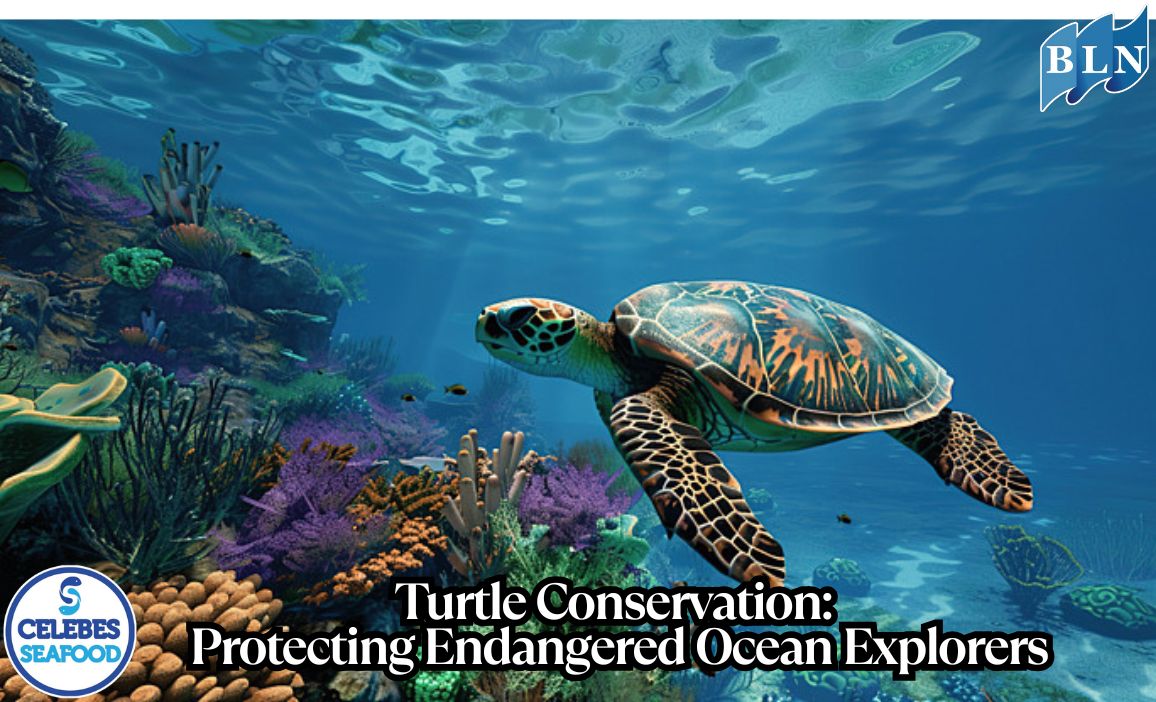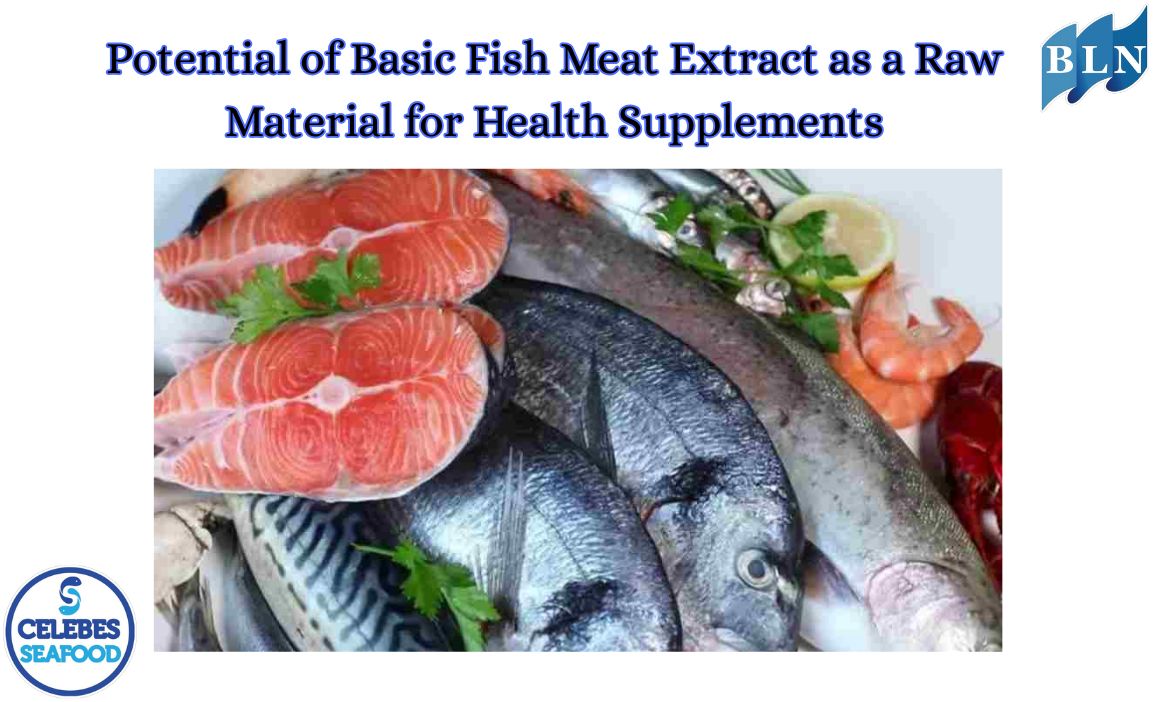Sea Turtle Conservation: Protecting Threatened Ocean Explorers
By. Edi - 26 Jun 2025
lautnusantara.com Sea turtles, with an evolutionary history spanning millions of years, are true explorers of the ocean. They swim across the ocean, connecting coastal ecosystems with open water, and play a vital role in maintaining ocean health. But these majestic ancient creatures are now in crisis. The world’s seven species of sea turtles—green, hawksbill, leatherback, loggerhead, olive ridley, flatback, and kemp’s turtle—are all classified as endangered or vulnerable. Sea turtle conservation is no longer an option but an urgent necessity.
A. Threats Facing Sea Turtles
A variety of anthropogenic factors are the primary causes of the dramatic decline in sea turtle populations. These threats are complex and interrelated:
Habitat Loss and Nesting Degradation: Uncontrolled coastal development, coastal erosion due to climate change, and irresponsible tourism are destroying the beaches where female sea turtles lay their eggs. Bright lights from residential areas disorient newly hatched hatchlings, driving them away from the ocean.
- Illegal Hunting and Trade: Despite the ban, hunting of turtles for meat, eggs, and shells (especially hawksbill turtles for craft) continues in many areas. This illegal wildlife trade drives poaching that is devastating to turtle populations.
- Fisheries Bycatch: Turtles often become accidentally entangled in fishing nets, fishing lines, or other fishing gear. This incident, known as bycatch, is a leading cause of death for adult turtles.
- Marine Pollution: Plastics, chemical waste, and oil spills pollute turtle habitats. Turtles often mistake plastic bags for jellyfish, their favorite food, which can cause intestinal blockages and death. Microplastics are also a growing concern.
- Climate Change: Rising global temperatures are affecting the sex ratio of turtle hatchlings (the incubation temperature of the eggs determines sex). Rising sea levels and more intense storms are eroding nesting beaches, reducing safe areas for nesting.
B. Conservation Efforts: Hope for the Future of Turtles
While the threats are enormous, conservation efforts around the world offer glimmers of hope. These initiatives involve governments, non-governmental organizations, local communities, and individuals:
- Habitat Protection: Establishment of marine protected areas, restoration of nesting beaches, and sustainable management of coastal zones are essential. Relocation programs for eggs to safer locations are also implemented if nests are threatened.
- Law Enforcement and Control of Illegal Trade: Increased patrols, stricter enforcement of laws against turtle poaching and trade, and public awareness campaigns to reduce demand for turtle products are essential.
- Development of Turtle-Friendly Fishing Gear: Encouraging the use of modified fishing gear, such as Turtle Excluder Devices (TEDs) on trawl nets that allow turtles to escape, can significantly reduce bycatch mortality.
- Rehabilitation and Rescue Centers: Rehabilitation facilities care for turtles that are sick or injured due to fishing, pollution, or ship strikes, before releasing them back into the wild.
- Education and Public Awareness: Educational campaigns targeting fishermen, tourists, and the general public are essential to change behavior and promote turtle-friendly practices. Young people are key to the future of conservation.
- Research and Monitoring: Scientific studies of turtle migration, nesting patterns, genetics, and the impact of threats help scientists develop more effective conservation strategies. Technologies such as satellite tagging provide critical insights into turtle movements.
C. Every Individual’s Role
Turtle conservation is a collective responsibility. Every individual can contribute:
- Reduce Plastic Use: Choose eco-friendly products and recycle.
- Support Sustainable Fisheries: Choose seafood caught using environmentally friendly methods.
- Don’t Buy Turtle Products: Reject all products made from turtle parts.
- Get Involved: Support turtle conservation organizations, join volunteer programs, or report illegal activity.
- Be Careful When Traveling: If visiting a turtle nesting beach, follow the guidelines for not disturbing turtles or hatchlings.
Sea turtles are indicators of the health of our oceans. Protecting them means protecting invaluable marine biodiversity and maintaining the balance of the global ecosystem. With a collective effort and strong commitment, we can ensure that these majestic ocean explorers continue to swim freely in our oceans for generations to come.
If you are interested in our Coral Trout Fillet Skin On, CORAL TROUT WGG WHOLE GILLED GUTTED, TOMATO COD WHOLE GILLED GUTTED please do not hesitate to contact us through email and/or whatsapp.
.jpg)
 A Beautiful Yet Carnivorous Ornamental Fish.jpg)





.jpg)